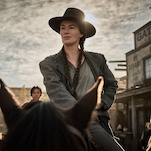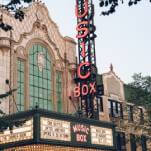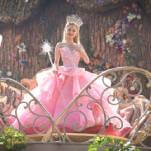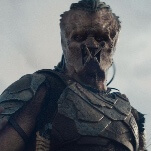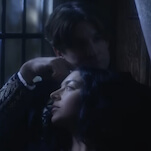Tony Earley: Jim The Boy

For his debut novel Jim The Boy, Vanderbilt professor (and New Yorker and Granta contributor) Tony Earley has created a delicate, subtly powerful story about growing up in a small-town corner of the South during the Great Depression. A sensitive boy who's not yet fully aware of life outside the home he shares with his widowed mother and three brothers, Jim enters his 10th year unprepared for the changes that await him. A new consolidated school—with electrical outlets but no electricity—finds Jim striking up a tentative friendship with a Quaker boy from a nearby mountain home not far from the birthplace of the father Jim never knew. Meanwhile, Jim's grieving mother unwillingly enters into a courtship with a traveling salesman at the insistence of her brothers. There's not a false moment in Earley's storytelling, which, though told in the third person, is limited almost entirely to the not-always-comprehending perspective of its narrator. Looking to E.B. White as a model, Jim is written in a style reminiscent of classic children's fiction: It's economical and emotionally direct, but never cloying. And, like its inspirations, the book has a knowing sense of the wider moral implications of even the simplest action. Early on, Jim attempts to join his uncle's field work and resents a black field hand for taking a better hoe, a simple moment that, though seldom mentioned again, resonates throughout the story. Though Earley clearly has a larger audience in mind, it wouldn't be surprising to see Jim become a latter-day classic of children's fiction. It's certainly, for readers of any age, a beautifully rendered story about being young in a particular time and place, and about being young at any time in any place.
